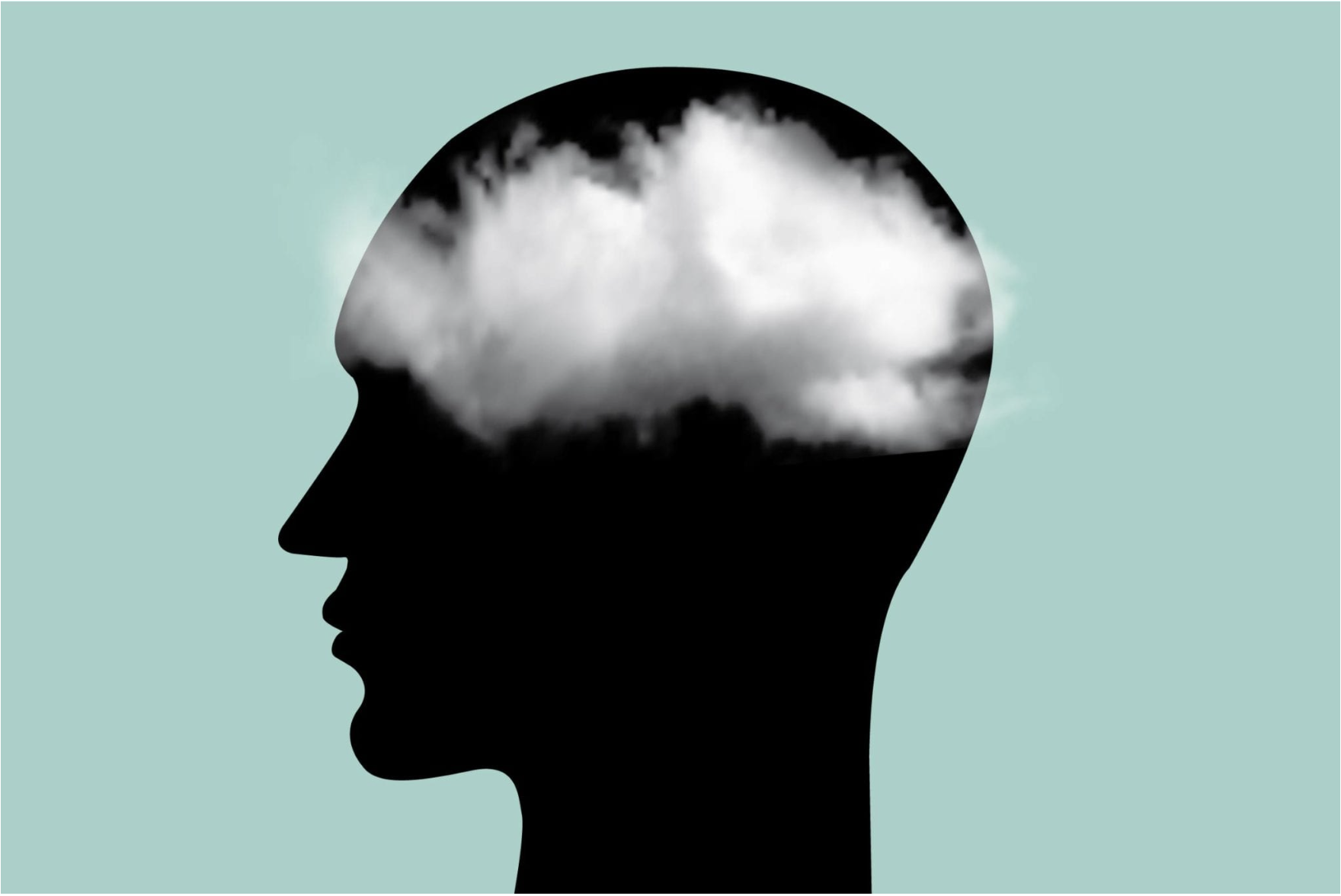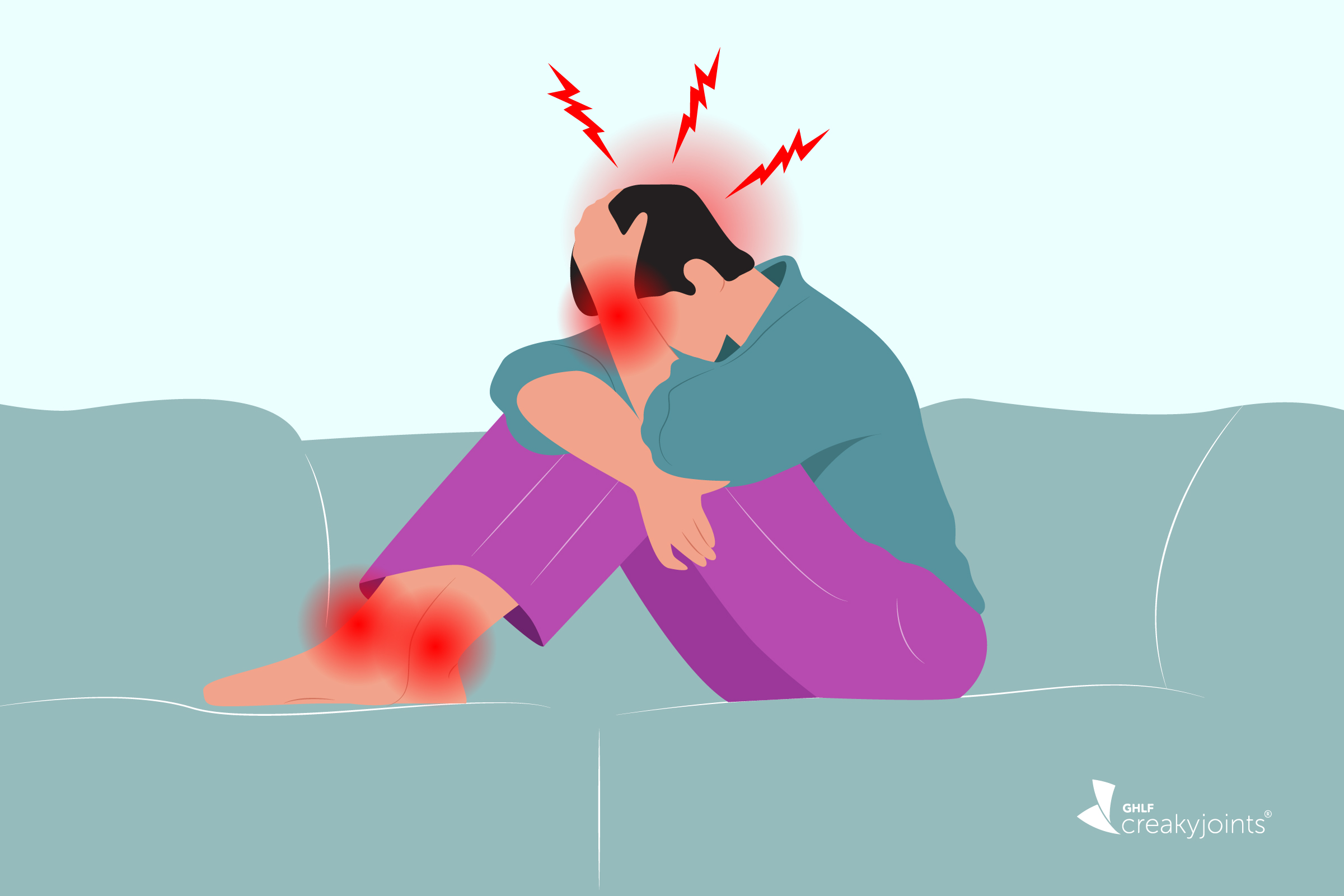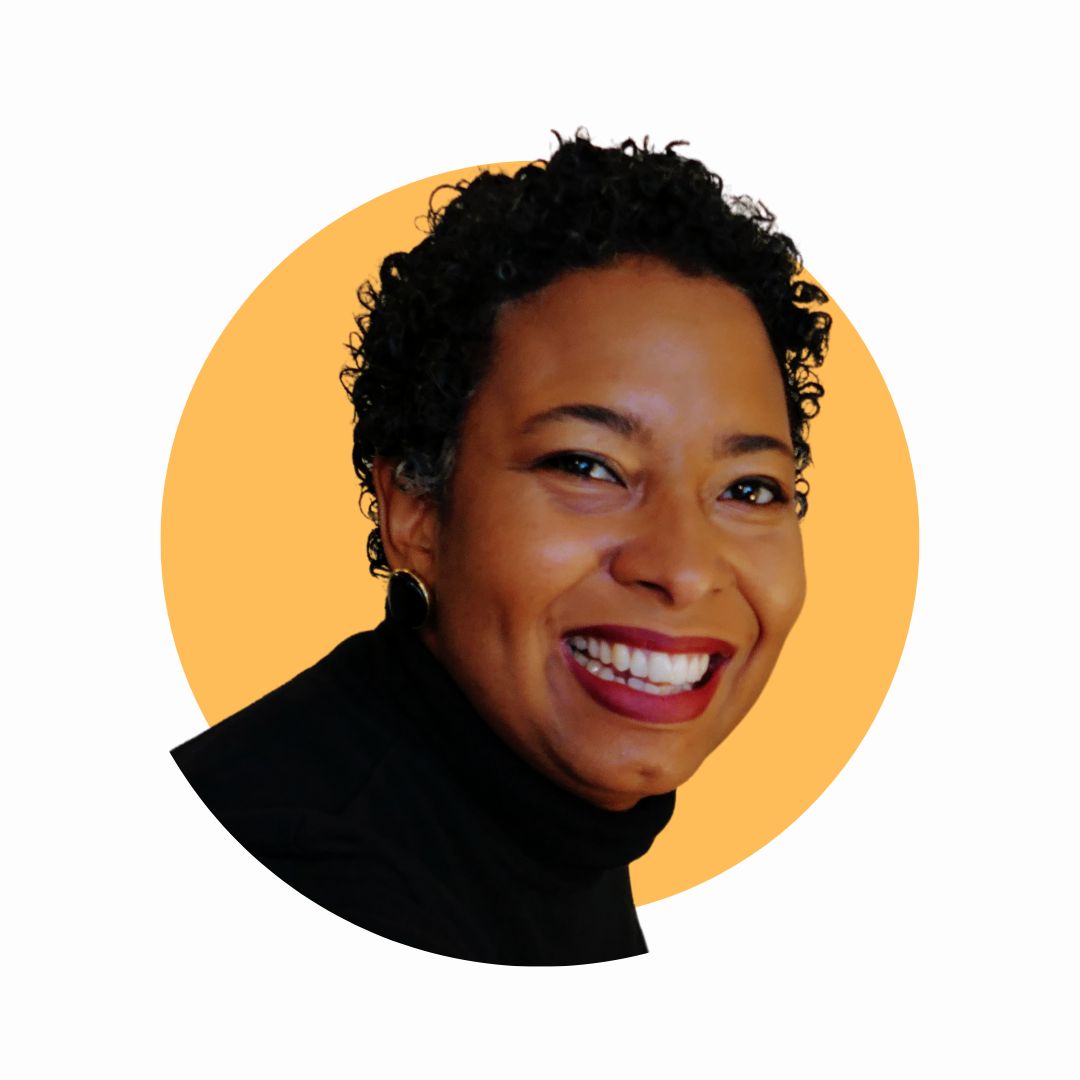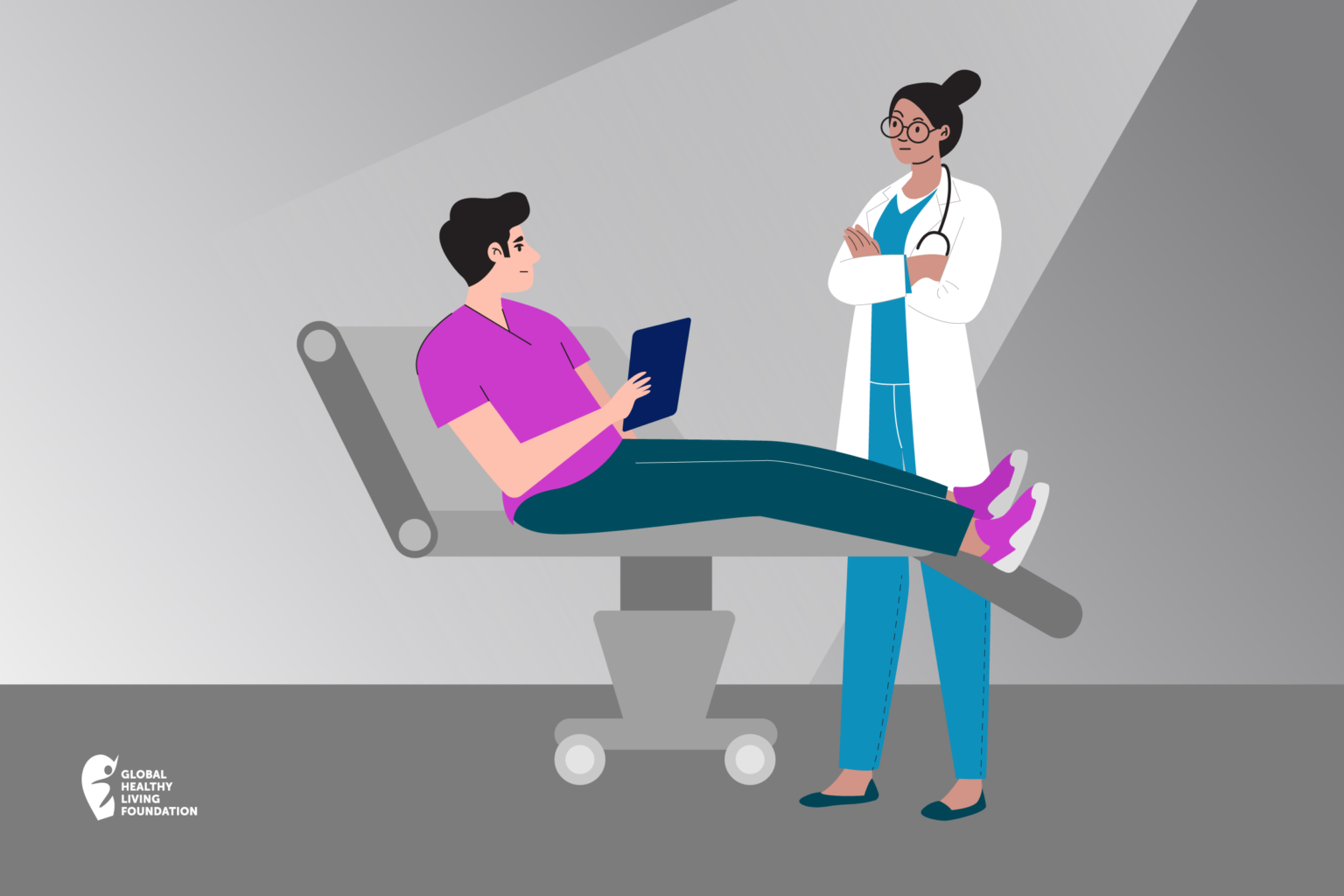"I am holding the trashcan on my lap when Chaka Khan starts to sing about female empowerment. I think: “
Sorry, Chaka, but it is not all in me today.”
The Stigma of Talking About Pain: A Black Man’s Perspective
The Stigma of Talking About Pain: A Black Man’s Perspective
February 23, 2023
Qasim Amin Nathari
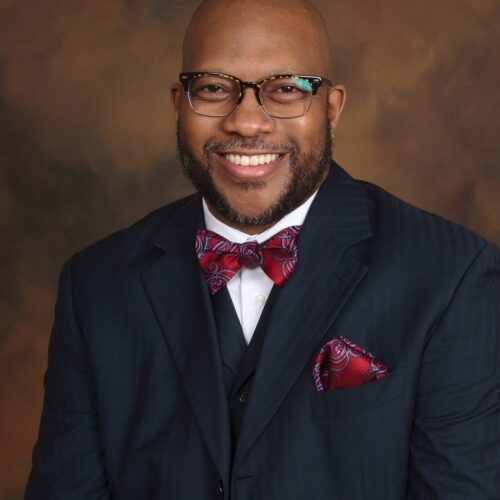
In many communities and societies, there are certain topics or issues that people are not encouraged to talk about publicly. It’s just something that is understood or “a given” without being explicitly stated. For instance, a Black man living with chronic, severe migraine disease may find that discussing pain, including mental health issues like anxiety, depression, and trauma, is among the top of these “taboo” topics.
Black children, especially boys, are often taught as part of their cultural upbringing to not show their emotions, particularly through crying or openly expressing their feelings. In families and communities, men and boys of all ages are often told to “man up,” “suck it in,” or “fix your face.” Sadly, this way of thinking still exists today, causing many to still suffer in silence in the 21st century.
Cultural Barriers to Good Care
For those living with chronic pain, regardless of gender, this stigma is a major barrier to good care. It can prevent patients from talking to their doctors and getting proper diagnosis and treatment for mental health issues. It may even stop patients from getting treatment altogether because they feel like no one is listening to them. This only worsens the very condition that causes chronic pain.
If this occurs between potential patients and trained medical professionals, one can only imagine the situation that exists within the Black community and within Black families, where this self-imposed silence is common. It belittles (if not outright dismisses) our feelings, even if that’s not what our loved ones intend to do. And we stay silent about the pain, hurt, and trauma.
Talking About Pain and Migraine
I grew up in a nurturing environment and home, where I certainly felt love from both of my parents. Yet, I was still raised and impacted by a culture that encouraged me to be strong, resilient, and to avoid “excessive” complaining or whining. For certain, this helped prepare me to navigate the ebbs and flows of life’s test — as a teenager and transitioning into adulthood.
However, it took me many years to arrive at the point where I would feel comfortable talking about pain, despite always being described as an emotional person who’s “in touch with his feelings.” Similarly, it took me many years to arrive at a point where I was comfortable enough to talk about my life with chronic migraine, publicly.
Even within my family, there were many who did not know about my condition until I felt it was necessary. I never thought I’d get to the point, about 15 years ago, where I would share my condition within my broader community (both my faith tradition and social circle) let alone in the public sphere of advocacy as I’ve done for more than two years.
In all honesty, this wasn’t something that I made a conscious decision to do; it sort of evolved organically, and I’m happy and grateful that it did.
Making Progress Together
As I reflect upon my own journey of striving to break the stigma of talking about pain, I’m happy to see that the stigma of discussing mental health challenges is slowly but steadily losing its grip.
Yet I remain saddened when I read statistics like this: Black adults in the U.S. are more likely than White adults to report persistent symptoms of emotional distress, however only one in three Black adults who need mental health care receive it, according to the U.S. Department of Health and Human Services.
By deduction, if the numbers are bad for Black men than they’re likely even worse for Black women. Too often, Black women are conditioned and taught to take on everyone else’s problems. As a result, when they finally recognize their own pain, they are already overwhelmed by the burden. Everyone in the health care spectrum must commit to helping to address this challenge.
In the short time I’ve been involved in advocacy work, specifically with migraine disease, I’ve been inspired by some amazing advocates (mostly women and a few men) from various cultures and ethnicities. These individuals possess the ability to openly discuss the challenges of living with a chronic illness, and the pain that accompanies such reality. I
I strongly believe that advocates, whether working individually or within foundations and organizations, will be essential in helping to combat the stigma and oftentimes shame of discussing pain — not only within the Black community but across all racial, cultural, ethnic, and gender boundaries.
This is my wish for Black History Month and every month. We have work to do.
Hear From More Experts and Patients Living with Chronic Migraine
Hear more from Qasim and other people living with migraine on Talking Head Pain, a podcast that confronts head pain, head on. Brought to you by the Global Healthy Living Foundation and hosted by migraine advocate Joe Coe, this show explores how people living with migraine, cluster headache, and other types of intense pain find ways to better manage their disease. Listen here.
Download the Migraine Patient Guidelines
Vetted by both medical experts and people living with migraine disease, our Migraine Patient Guidelines offer clear, trusted information to make sense of all the treatment choices for migraine disease. Learn about the latest treatment options, get support for coping with migraine stigma at work and in your personal relationships, and learn more about how to be a migraine patient advocate. Learn more here.
SUBSCRIBE TO GHLF
RELATED POST AND PAGES
_
Was this article helpful?
YesNo


